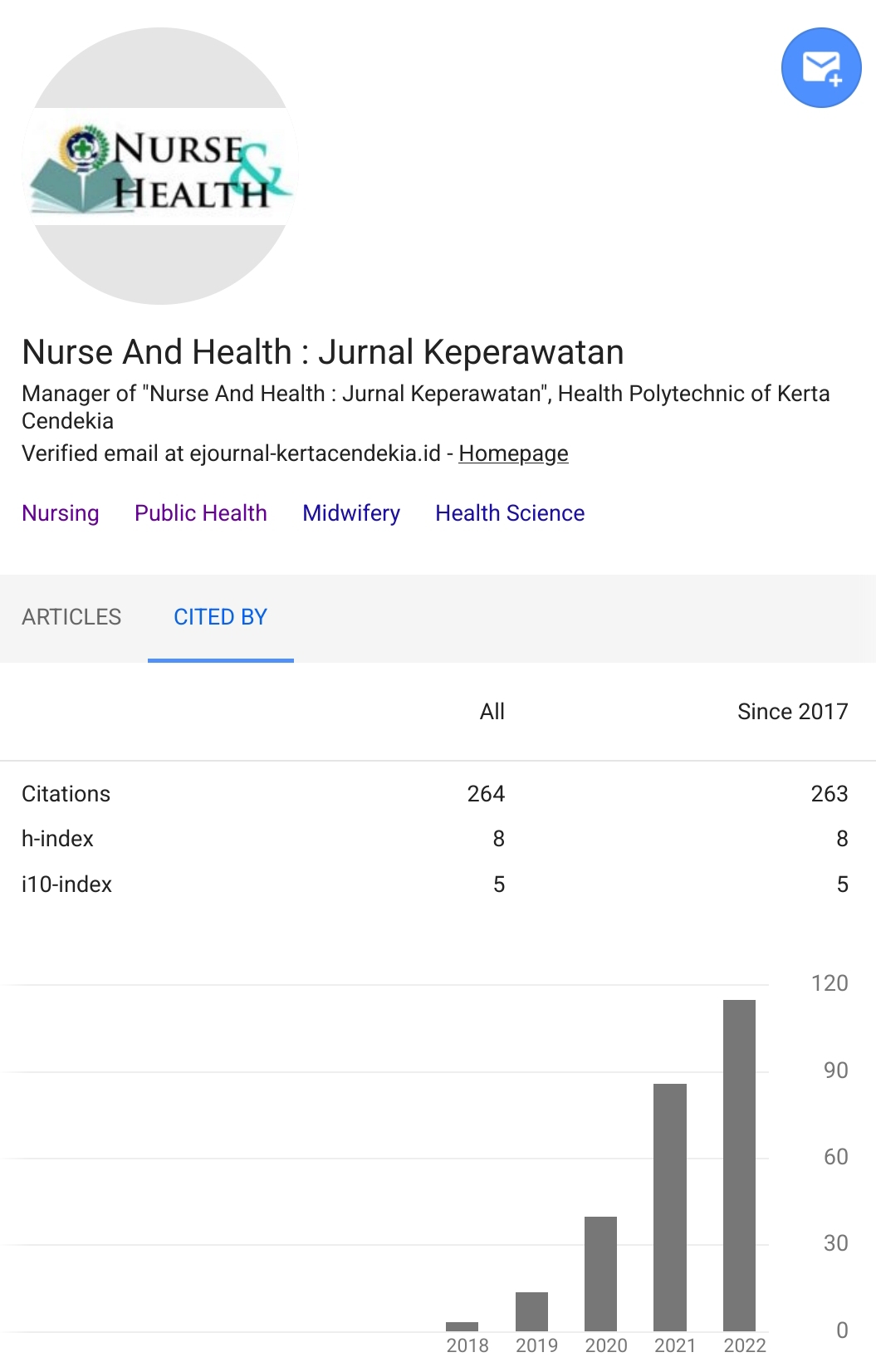TRIAGE COMPETENCY AND ITS ASSOCIATED FACTORS AMONG HEALTHCARE PROVIDERS IN EMERGENCY DEPARTMENT IN KENYA
DOI:
https://doi.org/10.36720/nhjk.v12i1.532Keywords:
Triage, Knowledge, SkillAbstract
Background: In developing world triage is underutilized and often an ineffective area of health system. In Kenya triage system is considered under developed and there is no National acceptable Accident and Emergency (A&E) triage system.
Objective: The main objective of the study was to assess triage competency and its associated factors among healthcare providers in emergency department at selected hospitals in Kakamega County.
Methods: This was a cross-sectional study design. Census sampling was used to select the General Practitioner hospitals. Systematic sampling was used to select study participants from the 11selected hospitals. The study participants were 183 health care providers including; doctors, clinical officers and nurses working within the selected hospitals in accident and emergency departments. Data was collected using an observation check list and structured questionnaire. Data was analyzed using statistical package of social science software version 24. Inferential statistics were used to test the strength of association.
Results: The triage competency skills observed were; Rapid assessment; high level of skills observed at a mean of 88.9, patient categorization; the skills were moderate at a mean of 79.1, and Patient allocation skills which was moderate at a mean of 79.2.
Conclusion: The hospital should organize unit base training on triaging, formulate guidelines triaging, avail resources needed and supervise triage area.
Downloads
References
Aloyce R, Leshaban S, Brysiewicz P. (2014). Assessment of knowledge, skills of triage amomong nurses working in Emergency Department, Daresalam, Tanzania.
Barraco D, Chick W, (2010). Practice Management Guideline for the appropriate triage of victim of Trauma.
Carter, Pouch, Larson, (2014). The relationship between emergency department and crowdy and patient outcomes: A systematic Review. journal of Nursing Scholarship.
Donabedian A, (2003). An introduction to quality assurance in health care, 1st edition, New York, Oxford press.
Esmalian, Ramani, Azad, Ghasami, (2014). Inter-rater agreement of emergency nurses and physicians in emergency severity index (ESI) triage.
Farcas H., Chan J., Matic S., Nono L., Chiampes G., Use of Incidentn Command System for Disaster Preparedness. A model for Emergency Department COVID19 response, Pubmed.
Fathoni, Sangchan, songwathana, (2013). Relationship between triage knowledge, training, working experience and triage skills among emergency nurses in East Java, Indonesia.
Gilboy N.,Tanabe T., Traves D., Rosenau A.,(2011). Emergency Severity Index (ESI). A tool for Emergency Department care,Version 4. Implementation handbook, Rockville.
Goldstein, Morrow, Sallie, Gathoo, Ali, Mothpeng, Samodein F., (2017). The accuracy of Nurse performance of the Triage process in a tertiary Hospital emergency, Southern African Journal, South Africa.
Hinson S.,Martina D., Schmitz P., Toerper M.,RadinD., Levin S., ( 2018). Accuracy of Emergency Department triage usingthe Emergency Severity Index and Independent predictors of under-triage and over-triage, Internationa journal of Emergency Medicine.
Hodge A., Miller E., Skaggs J., (2015). Nursing Self Perception of Emergency Preparedness at Rural Hospital, Journal of Emergency Nursing.
Cite this article as: Sabwa, F.A. (2023). Triage Competency and Its Associated Factors Among Healthcare Providers in Emergency Department in Kenya. Nurse and Health: Jurnal Keperawatan, 12 (1), 75-83. https://doi.org/10.36720/nhjk.v12i1.532
Jordi K., Grossman F., Gadchis GM., Cignacco E., Denhaenyick L., Schwendmann R., Nickel, (2011). Nurses’ accuracy and Self Perceived ability of using Emergency Severity Index and independent predictors of under-triage and over-triage, international journal of Emergency Medicine, Brazil.
Koenig, Kristi, Schultz, (2010). Disaster Medicine comprehensive principal practice, Cambridge University Press.
Lampi, Junker, Tabu, Berggren, Johnson, (2018). Potential benefit of triage for trauma patient in a Kenyan emergency department. BMC Emergency medicine.
Rayan A., Hussni, Qaralla L. (2002). Critical Care Nurses’ attitude, roles, and barriers regarding breaking bad news. Pubmed.
Reisi, Sabenpoor,Adienh, Hamatipoor, Shalvali, (2018). The level of awareness of the emergency Department nurses of triage in teaching Hospitals, Journal of Nursing and Midwifrey sciences.
Shelton R. (2009). The Emergency Index level triage system.
Milbert, Halm, (2009). Characteristic and predictors of utilization of emergency services,Journal of emergency nursing.
Mistry B., Stweward S., Kelen G., Balhara K., Hinson S., (2018). Accracy and Reliability of Emergency Department triage using the Emergency Severerity Index: An International Multicenter Assesment.
Patel V. (2008). Calibrating Urgency triage Decision making in a pedriatic Emergency Department.
Soreide K. (2012). Strengthening the trauma chain of survival, Medline.
Varndell, Hodge, Fry, (2019). Triage in Australian department: Results of a New South Wales. Survey Australian emergency care
Varley, Narren, Richards, Calitri, Chaplin, Fletcher, Cambell (2016). The effect of nurses preparedness and practioner status on triage call management in primary care. A Secondary analysis of a cross section data from Esteem trial, international sound of nursing studies.
Wachira D., Sirisamur Z., Chaiyasit S., Selhasathien A., (2016). A National survey of Thailand Emergency Department; Triage system, Thai Journal of Nursing Counsil
Downloads
Published
How to Cite
Issue
Section
Citation Check
License
Authors who publish with Nurse and Health: Jurnal Keperawatan agree to the following terms:
- Authors retain copyright licensed under a Creative Commons Attribution-NonCommercial 4.0 (CC BY-NC 4.0), which allows others to remix, tweak, and build upon the authors' work non-commercially, and although the others' new works must also acknowledge the authors and be non-commercial, they don't have to license their derivative works on the same terms.
- Authors are permitted and encouraged to post their work online (e.g., in institutional repositories or on their website) prior to and during the submission process, as it can lead to productive exchanges, as well as earlier and greater citation of published work (See The Effect of Open Access). Authors can archive pre-print and post-print or publisher's version/PDF.









